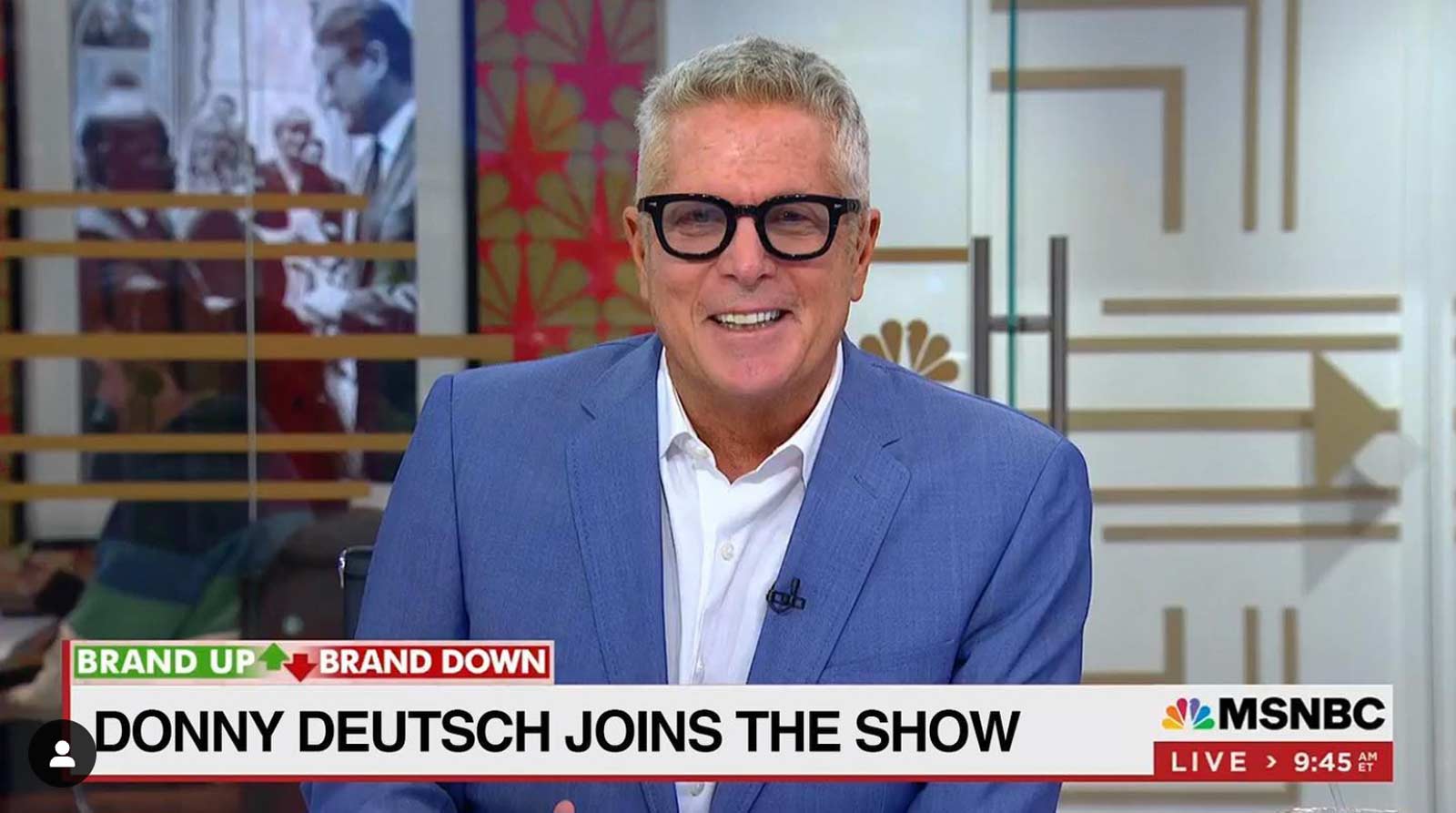
One of the top events in the crypto space each year is Boston Blockchain Week, and this year’s virtual conference is no exception, with a stellar lineup that yesterday featured the CEOs of SuperRare and Rarible, two of the top-performing crypto marketplaces, discussing the future of the NFT landscape.
For those new to the space, both SuperRare and Rarible are marketplaces where artists turn their original single-edition digital works into tokenized assets and collectors buy them. It’s still a young space with only a few hundred artists on each site, but they’re starting to earn some real coin.
SuperRare CEO John Crain told the online attendees that the current landscape is “pretty fragmented right now” with a spotty user experience but predicted that in the near term “we’re going to see a lot more experimentation and innovation with digital displays.” He likened the current experience to a user who buys a piece of art and wants to showcase it on a virtual wall for his friends to see.
Over the long term, he said, the NFT revolution augurs an era in which art is democratized so that it’s no longer “confined to galleries and museums” but spread everywhere online. “I think we’re going to see a lot more public art installations, folks with large screens displaying art and [others] showing off their art on their phones. Art will evolve from something you had to go to a specific place to experience and become something that’s ubiquitous around us all the time.”

“Art will evolve from something you had to go to a specific place to experience and become something that’s ubiquitous around us all the time.”
– John Crain, CEO of SuperRare
He pointed to an interesting new project, still in development, involving software that lets you scan a physical object and transfer the data to the digital world as a way to authenticate the identity of a digital asset. Sounds like the forerunner of a new means of connecting our digital and physical lives.
Alexei Falin, CEO of Rarible, agreed and said it will take time for creators to discover the best practices and figure out how to connect digital NFTs to the real world.
Artist Latasha Alcindor said the NFT landscape holds out the promise of helping to preserve artists’ cultural statements, particularly Black women narratives. “In the future I could see NFTs becoming the ticket for your next performance or show,” she said.

Early lessons for artist-entrepreneurs are starting to emerge in these new marketplaces. Falin offered this advice to digital artists just entering the space: “A good way to price your NFT is just start slow. Put it on sale for a really cheap price. And then you see how it goes. So, if someone buys your art for cheap, and then on a secondary market the price goes up like 10 times, then for your next sale you’ll know to price it least 10 times higher.”
One of the cool features on Rarible is what’s called “lazy minting.” Given the high transaction fees on Ethereum, lazy minting lets the artist mint their work for free and the cost of the minting process is transferred to the buyer of the artwork.
“The world of NFTs is going to be incredible,” said artist Alcindor. “The space is so young, I can’t even wrap my head around (what’s coming).”






